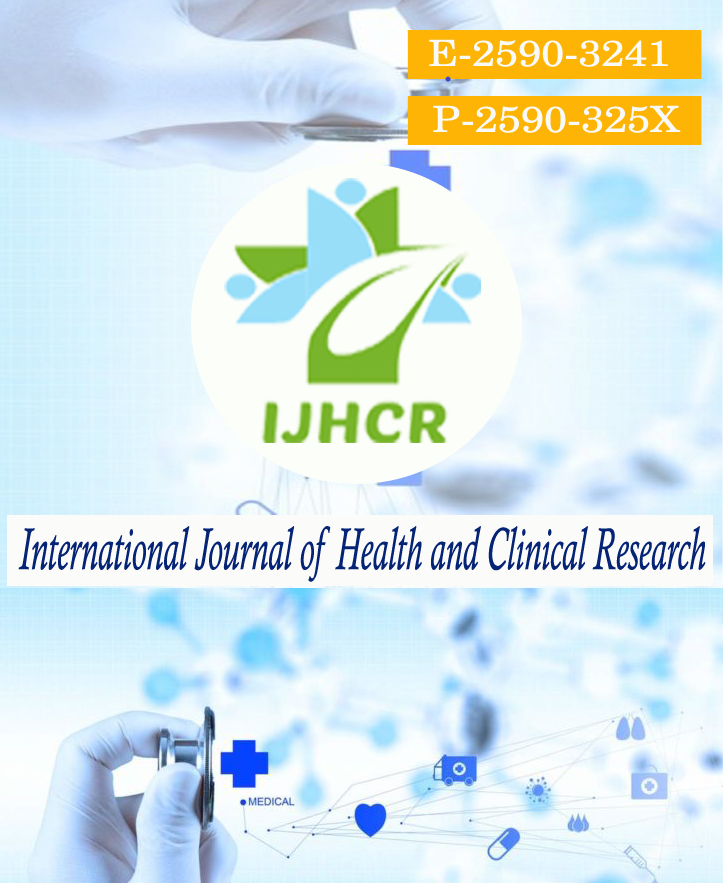Study the Effectiveness of the Ilizarov Method in the Management of Fixed Flexion Deformities of the Knee Joint
Keywords:
Ilizarov method, limb deformities, Complications.Abstract
Background: Fixed flexion deformity of the knee is a common and disabling problem, especially in India where poliomyelitis is still a great problem. Correction of severe deformities has been a challenge to orthopaedic surgeons over the years. The Ilizarov method of treatment has revolutionised the management of severe and complex deformities. Aims: To study the effectiveness of the Ilizarov method in the management of fixed flexion deformities of the knee joint and to identify the various associated complications.Methodology: It is a combined retrospective and prospective study of all the patients who underwent correction of fixed flexion deformities of the knee by the Ilizarov method. Results: 49 patients (59 knees) were included in the study. The age at primary surgery ranged from 4 to 24 years with an average of 16.5 years. The severity of the Fixed Flexion Deformity of the Knee ranged from 10° to 150°, with an average of 71°. The mean follow up after fixator removal was for 20 months ranging from 2 months to 6 years and 1 month. Deformity correction was done to neutral or 5-10 degrees of recurvatum. This was achieved in all but 2 knees. There was recurrence of less than 20° in 9 patients. 3 patients developed recurrence of the deformity more than 20° which precluded walking. Loss of terminal arc of motion was from 0% to 85.71% with a mean of 20.20%.There was Pin tract infection in 76%, posterior subluxation of tibia in 25.42%, stress fractures in 15.25%, and progressive equinus in 13.55%.Conclusion: In view of the immense advantages of the Ilizarov method, this should be the recommended method in the correction of severe fixed flexion deformities of the knee, correction of multiple and complex limb deformities and when other methods have failed, in spite of the associated complications.
Downloads
Published
How to Cite
Issue
Section
License
Copyright (c) 2021 Sateesh Chandra P, Rajesh P, Mohammed Abbas Ali

This work is licensed under a Creative Commons Attribution 4.0 International License.






 All articles published in International Journal of Health and Clinical Research are licensed under a
All articles published in International Journal of Health and Clinical Research are licensed under a 